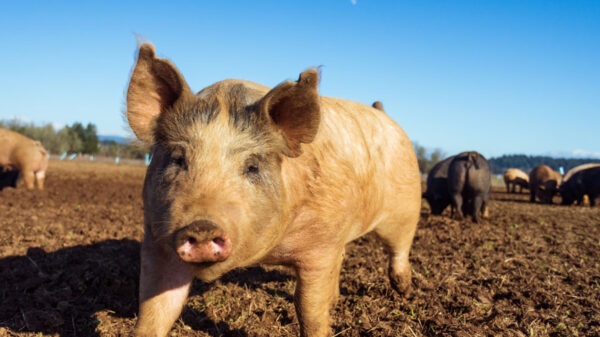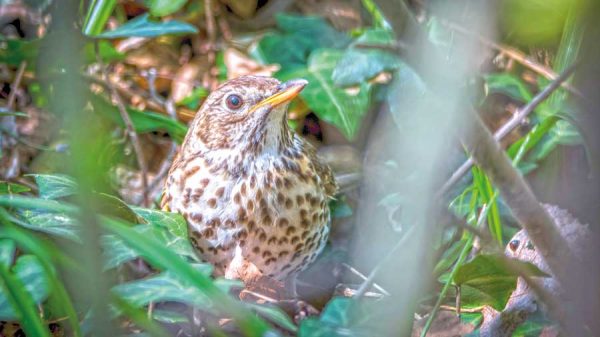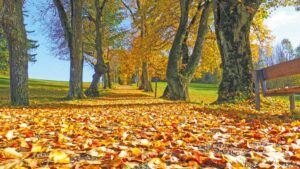−−− BY LINDA JENKINSON −−−
I love the colder weather and, for me, there’s no better feeling than experiencing that first autumn chill in September. I’m really looking forward to seeing the morning dew hanging on a spider’s web and driving home from a birding trip through a lovely pink evening mist. I’m also looking forward to welcoming thousands of birds from their breeding grounds in the north. Yes, it’s autumn migration again. My favourite time of year.
As our spring migrants make their way to southern Europe and Africa, birds come spilling into the UK from as far away as eastern Canada, Greenland, Iceland, northern Russia and northern Europe. Over the next few months I’ll highlight some of these species but, as September and October mark the arrival of the first tranche of winter thrushes from Scandinavia I thought you might like to hear about them first.
Many of these Scandinavian thrushes will end up in your garden. These include migratory blackbirds, mistle thrushes, redwings and fieldfares. They’re here to take advantage of our warmer climate and to feast on our berry trees. Once they’ve made their journey over the North Sea, they’ll spend time resting and gaining weight at the coast before gradually spreading across the country. Their long migratory journeys usually take place under the cover of darkness on clear nights using the magnetic field and the stars to navigate. It’s safer for them to fly at night as most predators don’t hunt in the dark. I say most because, peregrine falcons are now residing in cities and are using the light from street lamps to help them hunt in the twilight hours. They usually feed on feral pigeons but, during spring and autumn migration, they are supplementing their diet with the different species that are passing over our cities.
Anyway, back to the thrushes. You’ll be able to recognise a migratory blackbird if one appears in your garden. It will have a bigger breast due to it flying long distances. The males have a darker beak than their British cousins. The beak of a migratory blackbird only turns yellow when it arrives back at its breeding grounds.
Redwing make a characteristic ‘tseep’ sound as they fly over and, unless you live right next to a busy road, you will be able to hear this on a still, starry night. The flocks will be large enough for you to hear the sound more than once. You may find it easier to focus your hearing by cupping your ears to amplify the sound. Try this over the next few weeks. Perhaps you could familiarise yourself with the sound by listening to a bird song CD or an app before you try listening outside.
If you want to attract redwing and fieldfare to your gardens then plant apple, cotoneaster and pyracantha. If you have an apple tree already then leave the windfalls on the ground. Alternatively, buy cheap apples, raisins and sultanas from the supermarket to put on the lawn and you just might tempt a passing redwing or fieldfare to land. Putting apples on the ground works particularly well after a snowfall. Listen for the ‘chack chack’ sound of the fieldfare in flight over the next few weeks.
As the early autumn weeks go by, we’ll be looking and listening for another popular berry lover, the waxwing. These birds are also attracted to cotoneaster, rowan and pyracantha and you may be alerted to their presence by their trilling call, which sounds like an old trimphone. They often turn up in supermarket car parks because they are landscaped with lots of berry bearing shrubs. Take your binoculars with you when you go shopping.
Linda Jenkinson teaches people about birds in and around Leeds. For details of classes email linda@startbirding.co.uk or call 07778 768719. Visit www.startbirding.co.uk or Start Birding on Facebook and Twitter







